This post reviews the best non-toxic cookware to buy including the safest brands of cookware, and discusses the types of cookware to avoid and why.
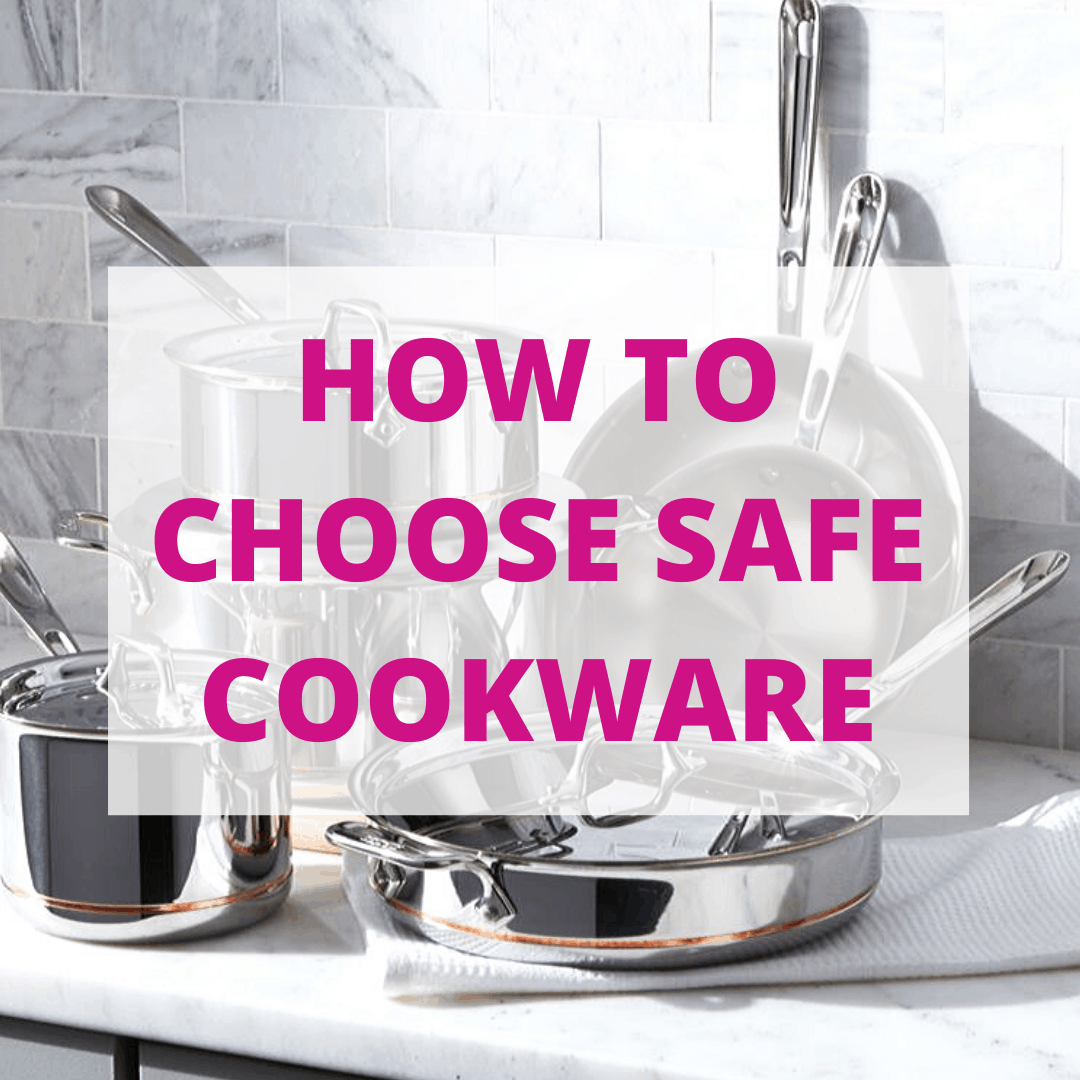
Disclaimer: some of the links in this post are affiliate links where I make a small commission if you purchase the product through that link. This does not cost you anything extra and helps me keep this website running.
Table of Contents
Why choose non-toxic cookware:
By far the most common question I get asked on Instagram is how to choose safe cookware, or what are the best options, so I decided it was time to write a post about it.
Unfortunately, many of the materials used to make cookware can be harmful to our health, and many brands use chemicals that are not good for us so you do want to be careful when shopping for cookware. As well, cookware can be expensive, and I want to ensure you are spending your money on quality items that are good for your health, and that will last a long time. There is also a lot of misleading information and greenwashing in the cookware industry, which can make deciding what to buy even more difficult.
In this article I will review the best non-toxic cookware, the materials to avoid when choosing cookware, which materials are safe to purchase, as well as my favourite brands and what I use in my own home.
And if you like learning about ways to help improve your health, be sure to read my article on mold in coffee.
Materials to avoid when choosing cookware:
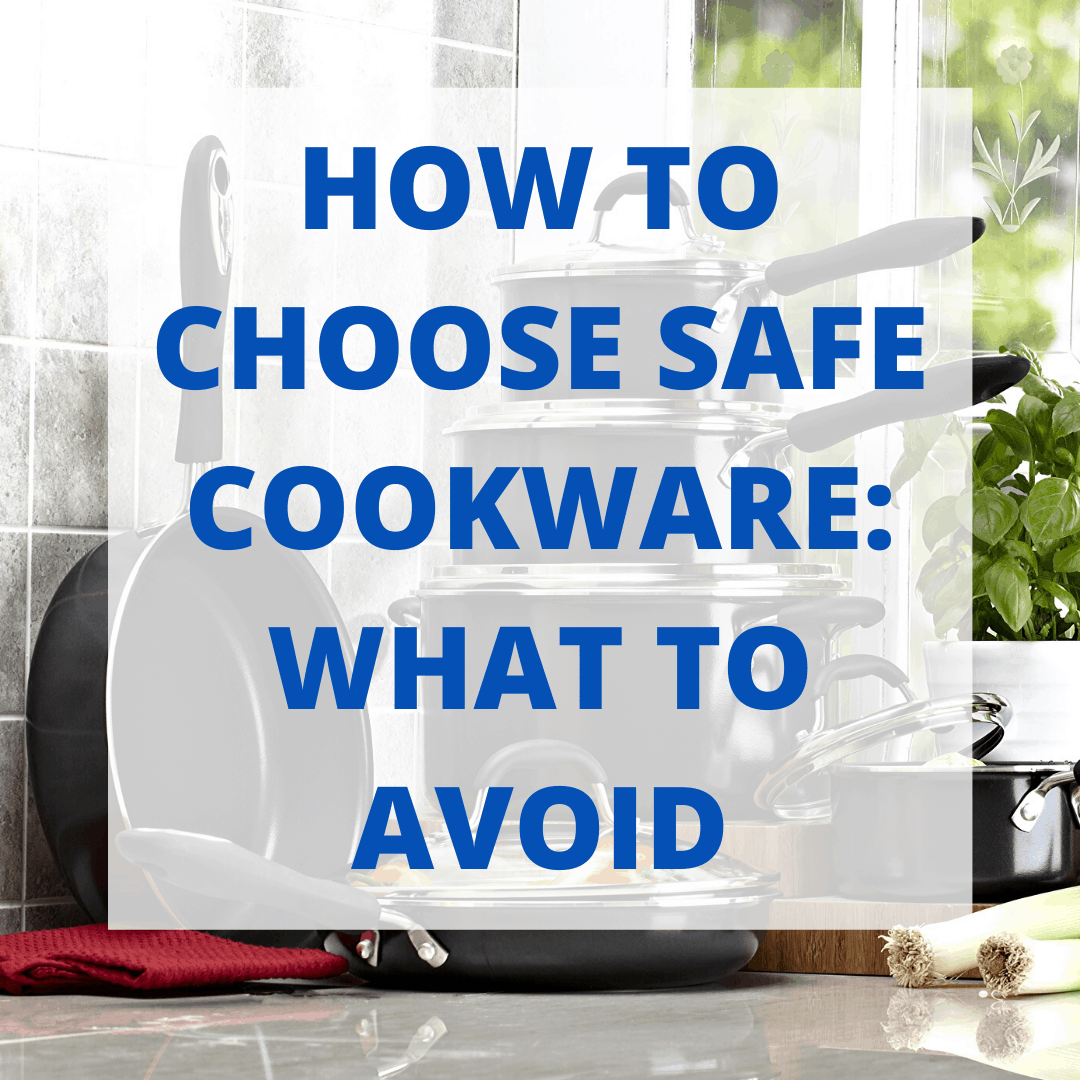
1. Non-stick coatings:
Non-stick cookware is popular because it's convenient and easy to use. However, the most common types of non-stick cookware on the market are harmful to our health. Most non-stick cookware is made with a class of chemicals known as poly-fluoroalkyl substances (PFAS). PFAS provide stain and water resistant coatings. PFAS are termed “forever chemicals” because they are persistent, meaning they build up and don’t go away. They remain in our bodies for years, and sometimes even decades after exposure.
PFAS, even at low doses, can be harmful to health and are known to have a number of harmful effects on human health including but not limited to:
- They are endocrine disruptors (also known as hormone disruptors).
- Can lead to metabolic diseases including obesity and diabetes.
- Can contribute to heart disease.
- They can increase the risks of certain cancers including thyroid and kidney cancer.
- Increase cholesterol levels.
- Increase the risk of allergies and asthma in children.
- Can decrease sperm counts.
- Can increase the chance of miscarriages.
- Affects the growth, learning, and behaviour of infants and older children.
- Can cause thyroid disease.
The original PFAS chemicals are known as Perfluorooctanoic acid (also termed PFOA, or C8). Unfortunately, most of us have high levels of PFOA in our systems. With more than 99% of the United States population found to have PFOA in their serum when tested.
Today, the production of the long carbon chain chemicals like PFOS and PFOA have generally been phased out. However this has brought new PFAS chemicals to market which are referred to as “small-chain” because they have a shorter carbon-fluorine chain. The problem with this new class of smaller chain chemicals is that because of their small size, they are even more persistent in the environment and even more difficult to clean up.
In other words, you want to avoid PFAS chemicals, and thus nonstick cookware and bakeware as much as you can. One of the easiest ways to do so is to avoid any non-stick or Teflon cookware including pots, pans, air fryers, and bakeware (baking sheets, muffin pans, donut pans etc).
2. Lead:
Lead is very difficult to completely avoid in cookware. Most brands claim to be lead-free, but it’s been shown multiple times that there are low levels of lead in many cookware products. This is a concern because lead is harmful to our health and accumulates very easily in the body, so even small amounts of exposure accumulate overtime.
Lead is toxic, especially to children. Lead harms almost every system in the body and has been linked to numerous health problems including brain damage, hearing loss, miscarriages, premature births, increased blood pressure, kidney damage, hormone imbalances and nervous system problems.
And while it's basically impossible to avoid lead completely in cookware, there are brands that test the levels of lead in their cookware to ensure the lowest levels possible.
3. Cadmium:
Cadmium is a heavy metal that may be used in ceramic bakeware to give it those bright, pretty colors. Unfortunately cadmium is toxic to the kidneys and can also cause bone demineralization (thinning of the bones). Ideally you should avoid cookware items that are red, orange or yellow as those colors tend to have intentionally added lead and/or cadmium.
4. Nickel:
Nickel is used in stainless steel cookware to prevent corrosion and heat damage. The most common harmful health effect of nickel is an allergic reaction. Approximately 10-20% of people are sensitive or allergic to nickel.
In high concentrations nickel can harm the kidneys, cause heart problems, congenital abnormalities, miscarriages and blood disorders. If inhaled, nickel can cause bronchitis, decreased lung function and lung cancer.
5. Chromium:
Chromium is used to make stainless steel. Fortunately, less than 3% of the chromium we ingest ends up getting absorbed. The body actually requires a certain amount of chromium to properly use insulin so that the body can use sugars, proteins and fats.
However, high levels of chromium exposure can increase the risk of cancer, asthma, impair the immune system, and cause DNA damage.
6. Aluminum:
Aluminum is used very frequently in cookware. And besides being found in aluminum cookware, it can also be found in lower levels in some ceramic and stainless steel cookware as well.
At high doses aluminum is known to be toxic to many organ systems including the brain, liver, skeletal muscles, heart, and bone marrow. At lower exposure levels, aluminum has been associated with a higher risk of Alzheimer's disease as well as breast cancer.
However, not all studies have shown these increased risks so until we have better, more definitive studies I suggest taking a cautious approach and avoiding aluminum cookware if possible. There are many other healthier alternatives.
7. Ceramic coated cookware:
Ceramic cookware is frequently advertised as a safe non-stick alternative to traditional non-stick pots and pans (like the ones coated in Teflon and other non-stick coatings). Unfortunately, many of these brands are not as safe as they want you to believe. I actually have an entire post dedicated to reviewing ceramic cookware that I highly recommend reading for more information on this topic.
The problem is that the vast majority of ceramic cookware on the market is not pure ceramic, it is ceramic-coated cookware. Not only that, but the ceramic coatings are not pure ceramic, and like other non-stick coatings, these coatings can still have risks.
One of the reasons these ceramic coatings can be unsafe are titanium dioxide nanoparticles. When looking at ceramic cookware, the ceramic coatings used by many brands have been found to release titanium dioxide nanoparticles from the non-stick coating into food and some of the most popular brands of ceramic coated cookware including Caraway and Our Place (they make the Always pan) do use nanoparticles in their coatings.
This is concerning because ingestion of nano titanium dioxide has been shown to cause many different health issues including: causing harmful effects on male fertility (including damaging sperm), damaging the liver, testicles, heart, brain, kidneys, as well as altering the gut microbiome.
Because of the potential health concerns of nano titanium dioxide France recently banned the use of nano titanium dioxide as a food additive.
The good news is that in undamaged ceramic coatings, the titanium dioxide nanoparticles don't get released until exposed to temperatures of 500°C or higher. So, with typical cooking temperatures the nanoparticles shouldn't be released.
However, studies show that any surface scratches or damage to the ceramic coating (which occurs with normal use of this type of cookware) leads to significant release of the titanium dioxide nanoparticles.
This means that if your ceramic coated cookware is in perfect condition (ie. has no scratches or signs of use) and you don't heat them to excess, then you should be safe. However, once the surface of those pots and pans or other cookware items have any scratches or imperfections they would no longer be safe to use.
I had previously tried ceramic coated cookware and they all ended up with scratches and signs of wear within the first year, so that would mean that you would need to be replacing your cookware on an annual basis, which is not only very expensive, but is also bad for the environment.
The other problem with ceramic coated cookware is that the materials used underneath the ceramic coating can also be harmful or dangerous, so if the coating ever gets scratched or damaged you then get exposed to even more harmful materials (such as aluminum or other heavy metals).
However, the good news is that pure ceramic cookware is safe to use, so keep reading to find out more!
Summary - types of cookware to avoid:
Here is a quick reference list of cookware to avoid:
- Non-stick cookware
- Aluminum cookware
- Ceramic enameled cookware
- Ceramic coated cookware
- Hard-anodized aluminum cookware
- Unlined copper cookware
- Stoneware and porcelain bakeware
Safest cookware materials:
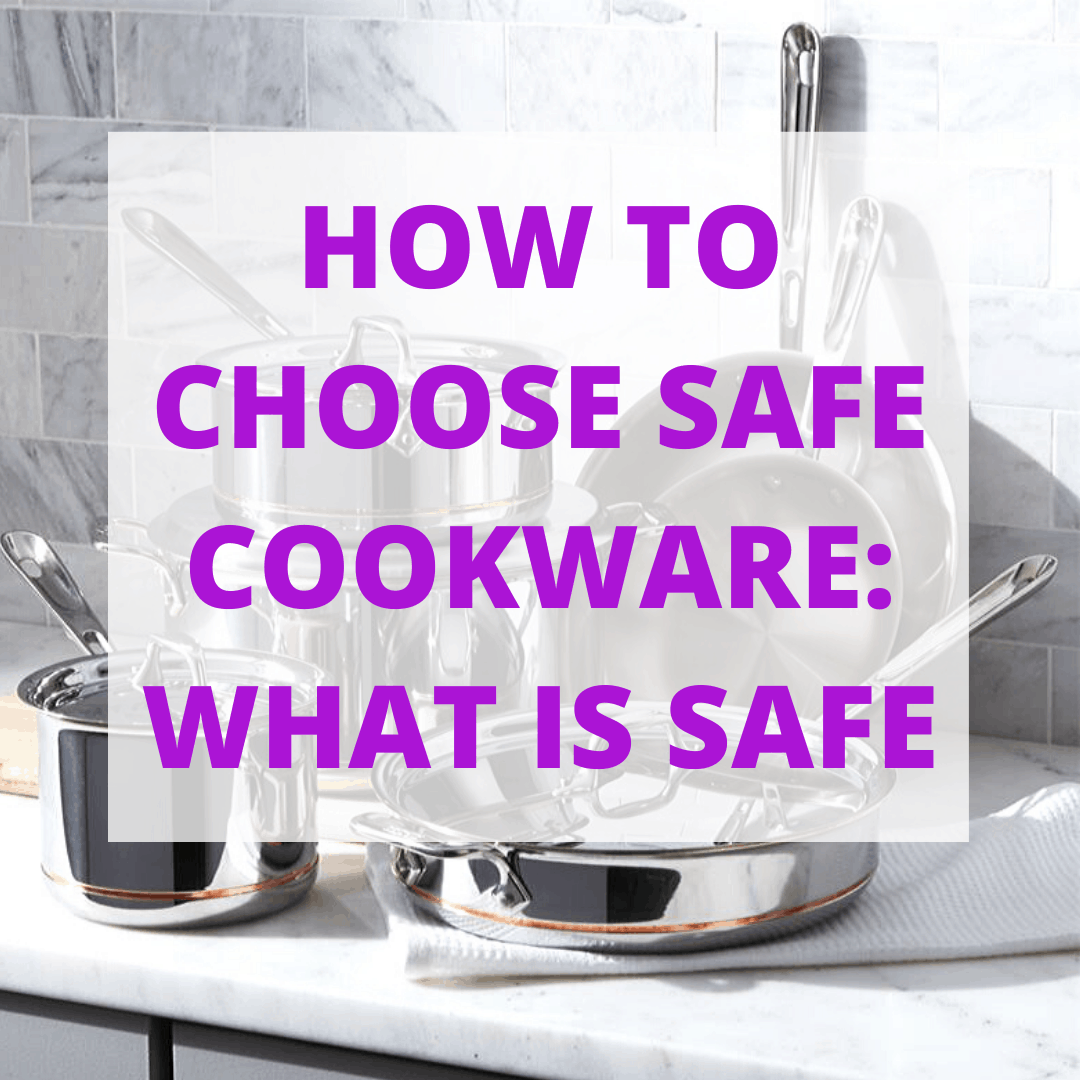
1. Pure ceramic:
Pure ceramic cookware is one of the best non-non toxic cookware options. Unfortunately it is very difficult to find brands of cookware that are purely ceramic. Most "ceramic" cookware is actually just cookware with a ceramic coating of some sort (please read the prior section for full details on this). However, there is at least one brand of pure ceramic cookware that I have been able to find, so please see the end of the post for more details.
2. Stainless steel:
For the most part stainless steel is a safe option when it comes to cookware. Just be aware that it does release low levels of chromium and nickel, especially when cooking acidic foods like tomatoes or tomato sauce. For most people this is not a big concern, but if you do have a nickel or chromium sensitivity or allergy this would be a problem.
With this in mind, any damaged stainless steel pans or pots should be discarded to decrease heavy metal exposure. As well, the amount of heavy metal leaching depends on the stainless steel grade, cooking time, and cookware use, so I recommend using high-quality, surgical-grade stainless steel cookware, and it's even better if it's nickel-free.
Stainless steel lined copper cookware is also a safe option because the copper surface doesn't come into contact with the food.
3. Cast iron and carbon steel:
Yep your grandmother's favourite cast iron skillet is one of the all time best non-toxic cookware options. Both cast iron and carbon steel are safe. Both contain a type of iron called ferric iron which does get absorbed into the food you cook in these pans so I would recommend alternating these types of cookware with others to help prevent getting too much iron exposure. Although if you have iron deficiency this type of cookware is a great option.
The best non-toxic cookware:
Here is a list of safe cookware options and the best non-toxic cookware brands that I recommend:
Pure ceramic cookware - Xtrema ceramic cookware
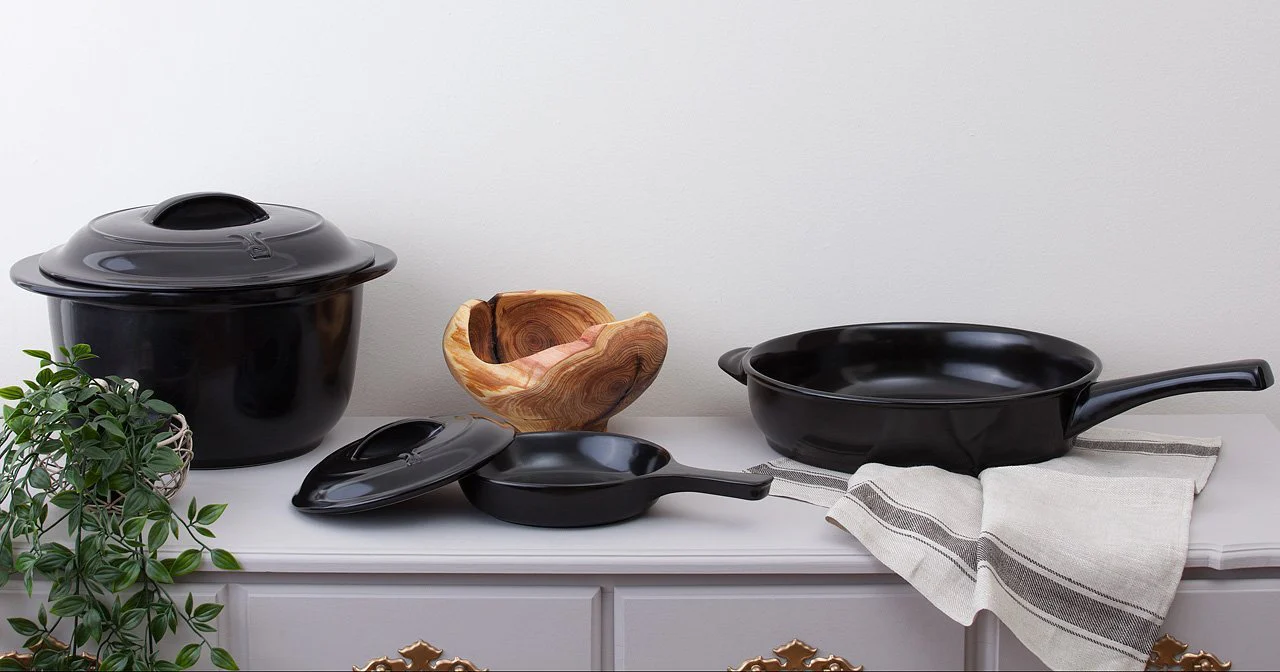
Xtrema is the only brand I have been able to find that makes pure ceramic cookware. I have many Xtrema cookware items in my kitchen and really like this brand and their products. They are an investment but they should last you a lifetime and should never need to be replaced, so in the long run it could actually save you money compared to other less durable cookware that needs to be replaced frequently.
Pros: Easy to clean, dishwasher safe and eco-friendly. The cookware is scratch resistant and stain proof. They offer a 40 day trial and 10 year warranty.
Cons: Because it is pure ceramic this cookware is pretty heavy. It is also more expensive than some other options in this list. Because these are pure ceramic, if you drop them they can break so just be careful when carrying them.
Features and certifications: Tested and certified PFOA free and PTFE free. No extractable lead or cadmium. FDA Certified and California Prop 65 compliant. This cookware was recently independently tested for lead leaching and found to be less than the Prop 65 cut offs.
Shop for Xtrema cookware and use the code PURENSIMPLE to get 15% off your order.
All-Clad Stainless Steel Cookware
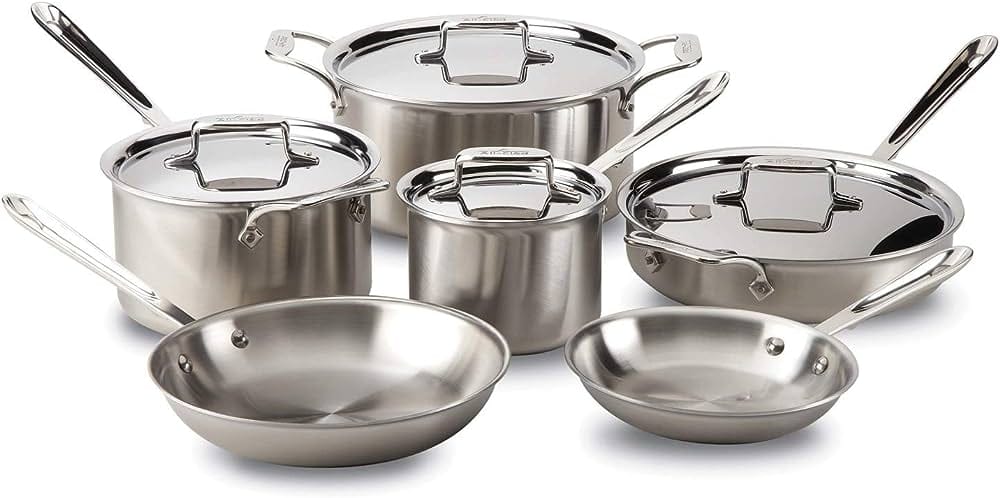
All Clad is the brand of stainless steel cookware that I use and love. It is made with high quality 18/10 stainless steel and they offer a lifetime warranty meaning they will last a long time.
This type of cookware is oven and broiler safe up to 600°F and are also compatible with any stovetop, including induction cooktops. It is also very durable and free from any non-stick chemicals.
Shop for All Clad stainless steel cookware on Amazon
Shop for All Clad stainless steel cookware at Williams Sonoma
Cuisinart MultiClad Pro Stainless Steel Cookware
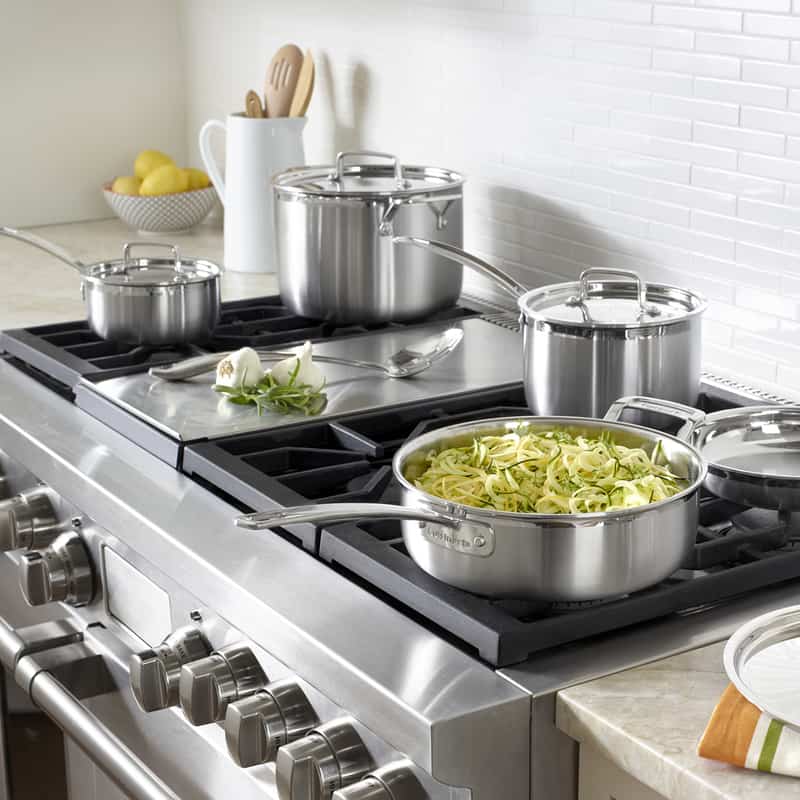
Cuisinart Multiclad Pro cookware is a great affordable stainless steel cookware option. The triple ply construction features a core of pure aluminum and a brushed stainless finish.
This cookware is dishwasher safe, induction safe, broiler safe, and oven safe up to 550 degrees Fahrenheit. It also comes with a lifetime warranty against defects. and is more affordable than many other stainless steel cookware sets.
One thing to be aware of is that this type of stainless steel is made with fewer layers compared to some other types of stainless steel cookware so it is not as durable, but this is what makes it more affordable.
Shop for Cuisinart Multiclad Pro cookware on Amazon
Shop for Cuisinart Multiclad Pro cookware at Williams Sonoma
Le Creuset Tri-Ply Stainless Steel Cookware
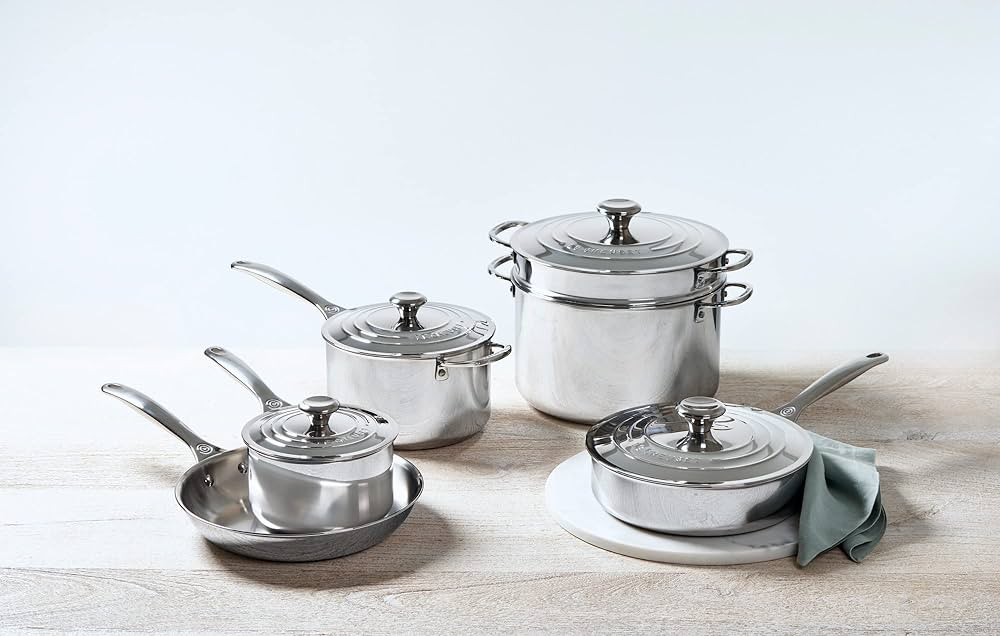
Le Creuset is one of the best known brands of cookware in the world. Their stainless steel cookware is more of a splurge compared to other brands in this review, but the set is so beautiful that some people find the expense worth it. The triple layer construction features an aluminum core and the exterior contains lightweight titanium to help prevent scorching, discoloration and corrosion at higher cooking temperatures.
This cookware is also dishwasher safe, compatible with all cooktops, and is oven-safe up to 500°F.
*Note: I do not recommend their 12 piece set which includes 2 non-stick frying pans due to the health concerns of non-stick coatings.
Shop for Le Creuset stainless steel cookware on Amazon
Shop for Le Creuset stainless steel cookware at Williams Sonoma
If you are looking for even more stainless steel cookware options please read my full review on stainless steel cookware.
All-Clad Copper Core Cookware
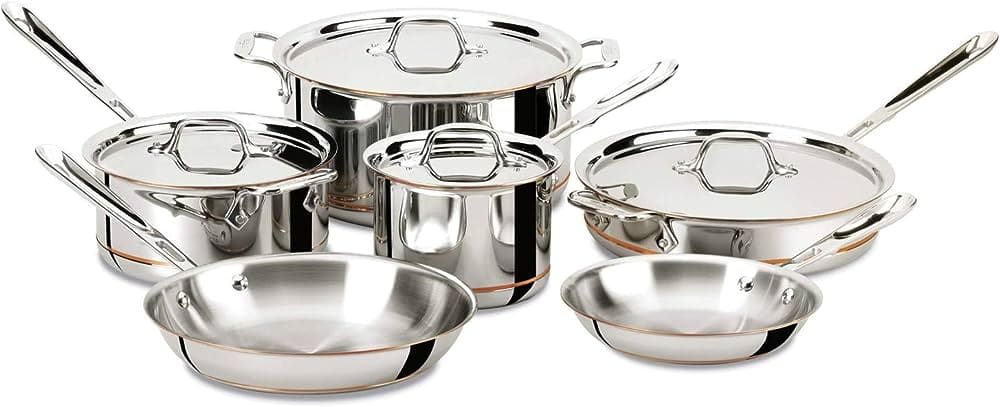
The All-Clad Copper Core Stainless Steel Cookware is so pretty! This is a type of stainless steel and copper cookware. It is made with 5-ply bonded construction including stainless steel, aluminum, and a thick copper core which allows for faster and more even heating.
This cookware is compatible with all cooktops and is oven and broiler-safe up to 600°F. It is more expensive compared to classic stainless steel cookware but some people find the extra cost worth it.
Shop for All Clad Copper Core 5-Ply stainless steel cookware on Amazon
Shop for All Clad Copper Core 5-Ply stainless steel cookware at Williams Sonoma
Lodge cast iron cookware
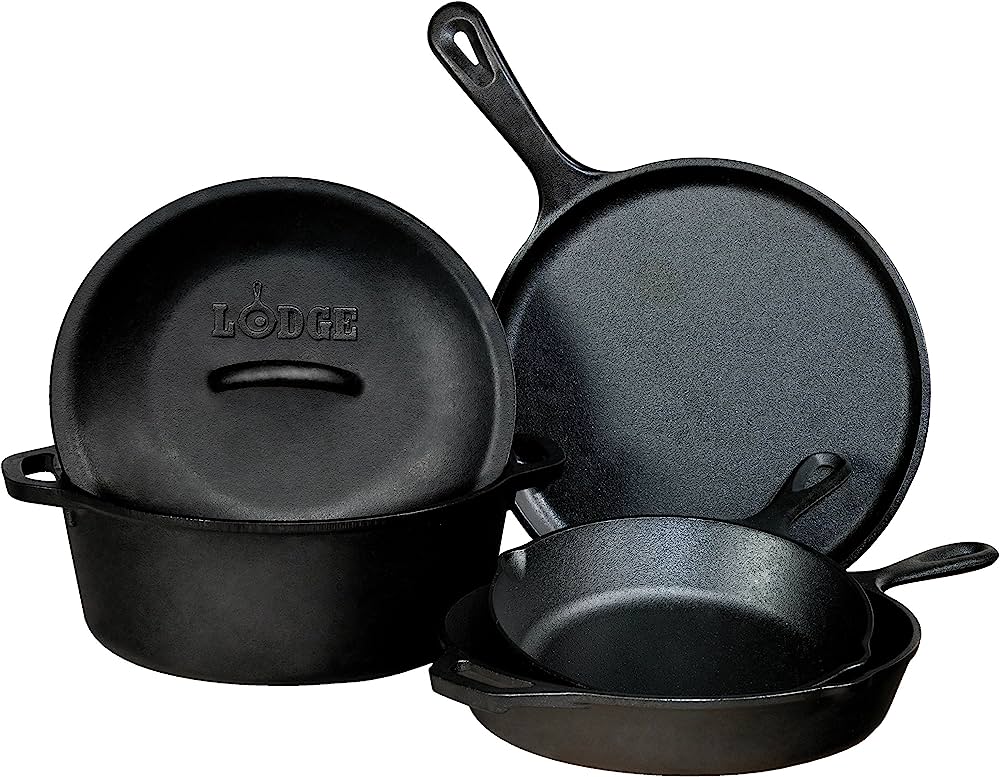
Lodge seasoned cast iron cookware is the best known brand of cast iron cookware. Cast iron is also one of the most affordable types of cookware that will last forever as long as you treat it right. This is the cast iron cookware that I personally use in my home.
You can use cast iron cookware on the stove, on the grill or over a campfire and it does work on induction cooktops.
A couple downsides of cast iron cookware is that it isn't dishwasher safe and it is heavy. If you have never used cast iron before it can be tricky at first, but once you get the hang of it it's actually very easy to use. Cleaning can also be a bit tricky when you first start using it.
Shop for Lodge cast iron cookware on Amazon
Shop for Lodge cast iron cookware at Williams Sonoma
Simple Chef cast iron cookware
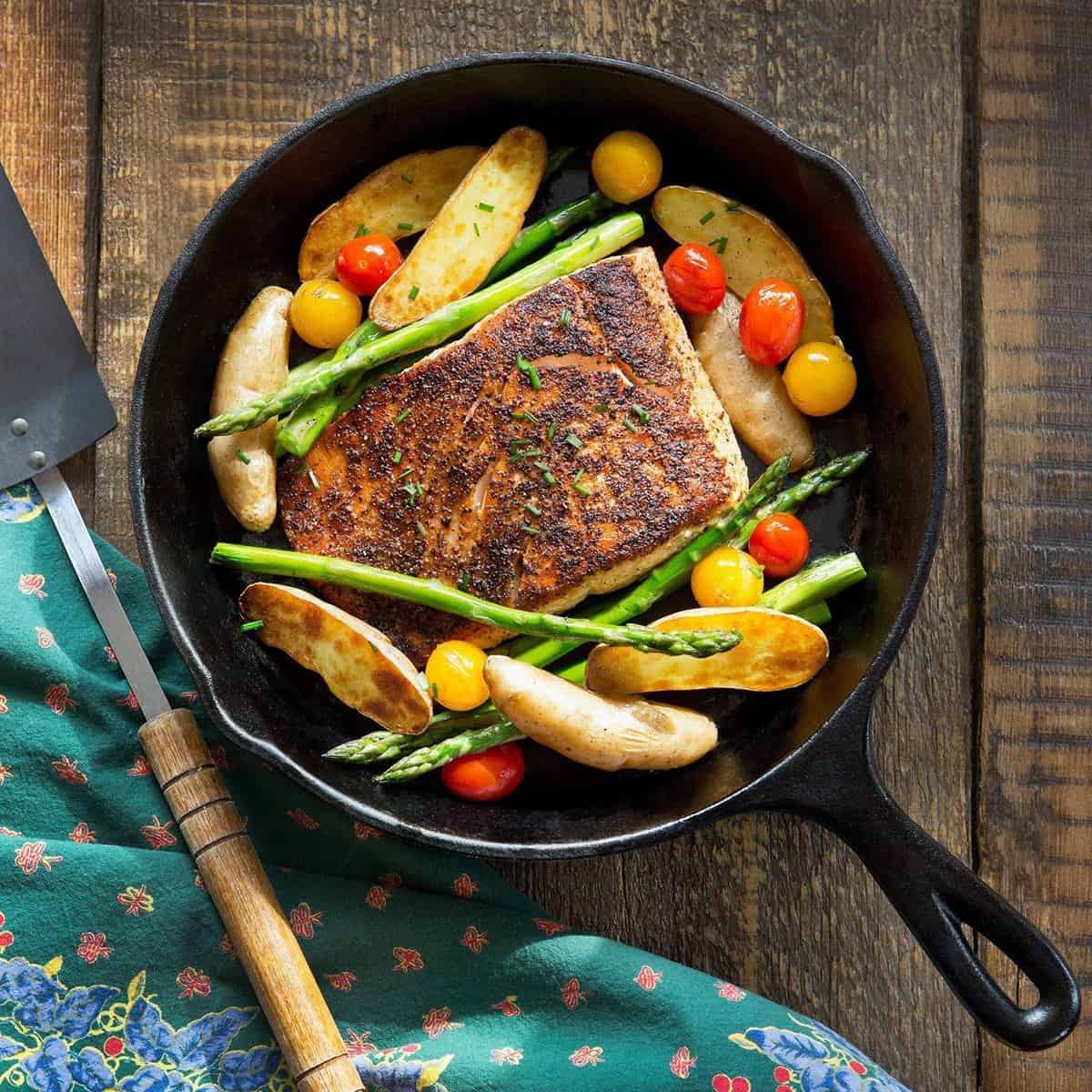
Simple Chef cast iron cookware is another well rated brand of cast iron cookware. One nice thing about this cookware is that it is ready to use, straight out of the box because it is factory pre-seasoned, which is much more effective than at home pre-seasoning.
This is a very affordable cookware option that should last forever. The pre-seasoning also makes these cast iron skillets more non-stick and easy to clean. This cookware is also scratch resistant and can be used on the stove top, in the oven, or over a campfire.
Like all cast iron cookware it is heavy and is not dishwasher safe. Again, if you have never cooked with cast iron before there is a bit of learning curve, but once you get used to it, it is easy to use.
Lodge Carbon Steel
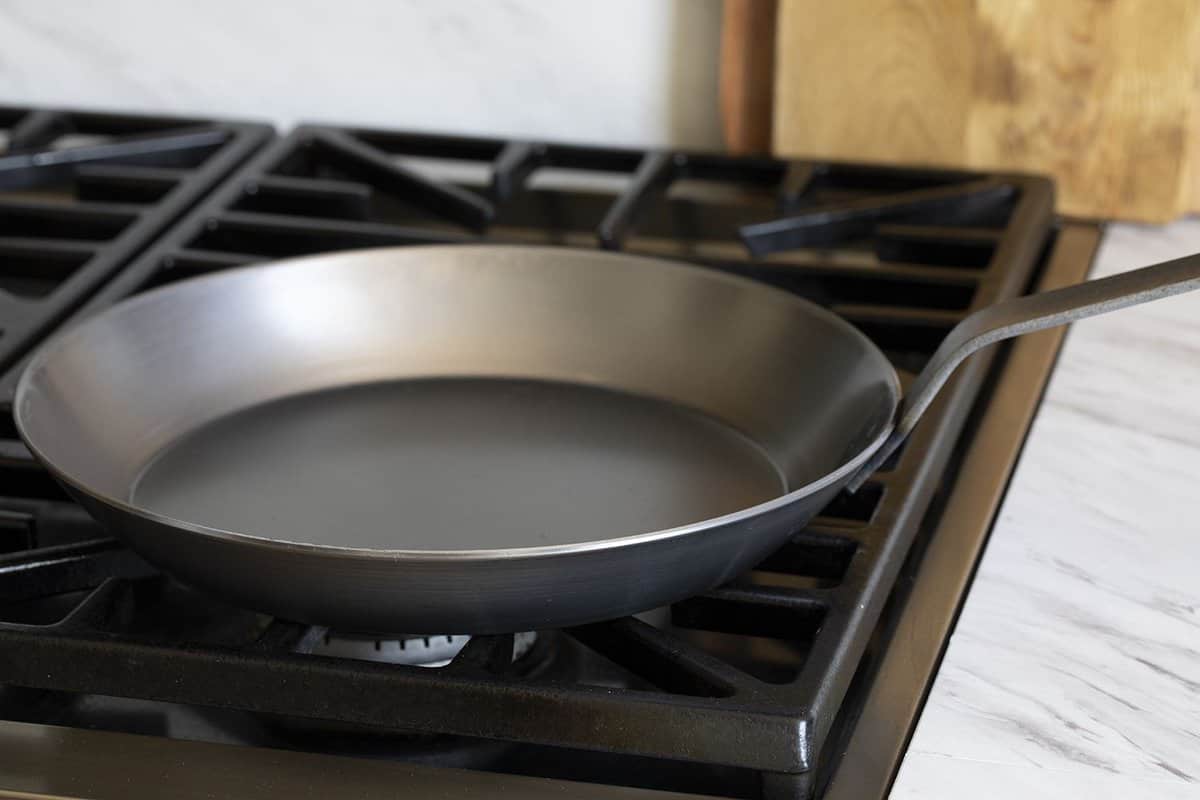
Lodge carbon steel pans are another great safe cookware option. Carbon steel is a less well known type of cookware that is similar to cast iron but is lighter in weight so is easier to handle and store. It is also dishwasher safe, whereas cast iron isn't. This cookware is safe for all cooktops including induction, and is oven safe at any temperature. It's also very affordable.
De Buyer Carbon Steel
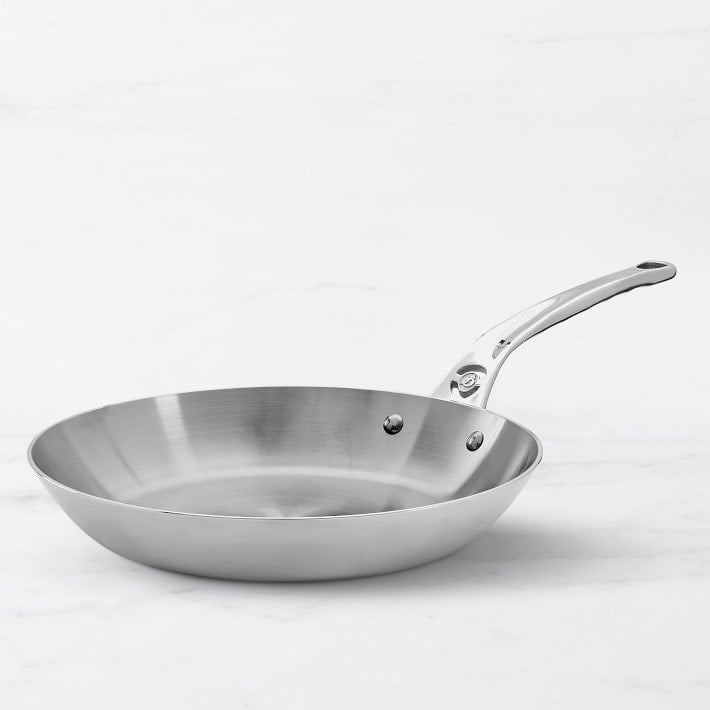
The De Buyer carbon steel frying pans are well rated carbon steel frying pans. They are made in France and are lighter than cast iron and more heat conductive than stainless steel. These frying pans will also become naturally nonstick after seasoning them so that you don't have to worry about food sticking to your pans. These pans are also oven safe up to 400 degrees Fahrenheit.
Shop for De Buyer MINERAL B carbon steel fry pans on Amazon
Shop for De Buyer MINERAL B pro carbon steel fry pans at Williams Sonoma
The non-toxic cookware I use:
I have several different types of cookware in my home. My pots and pans are All Clad stainless steel and then I have a couple Lodge cast iron skillets and a number of Xtrema ceramic cookware items including both skillets and dutch ovens.
And if you found this information helpful, be sure to read my review on the best non toxic bakeware.
The best non-toxic cookware FAQs:
Whether ceramic non-stick cookware is safe or not depends on the type of ceramic cookware that it is. Pure ceramic cookware is a safe option, but most ceramic cookware is actually ceramic coated cookware and many of those coatings are not safe for health.
I do not recommend using Caraway cookware. They use a ceramic coating that contains nano particles.
Blue Diamond cookware uses a diamond-infused ceramic nonstick coating. The brand does not disclose what materials are used in their ceramic coating so I would be cautious and avoid purchasing this brand as you don't know if the coating is safe or not.
The safest cookware options include stainless steel, cast iron, carbon steel and pure ceramic.
I do not recommend the Our Place Always pan as the ceramic coating contains titanium dioxide nanoparticles which can be harmful to health.
If you are looking for a non-toxic slow cooker I recommend getting one with a stainless steel inner pot such as the Housnat stainless steel slow cooker or the 360 Cookware slow cookers.
Other health info you will want to read:
Our expertise:
Dr. Erin Carter, MD, FRCPC, is a physician with board certifications in internal medicine and rheumatology. She is passionate about environmental health and low toxicity living and has been researching and publishing information in this area for years.

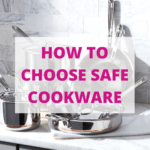
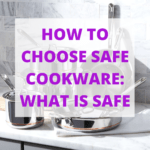
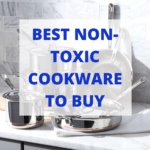
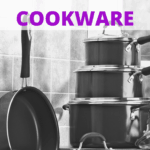
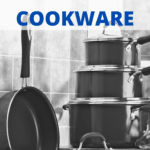
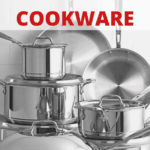
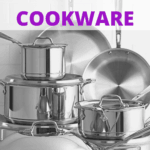
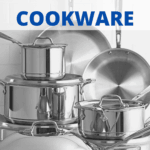
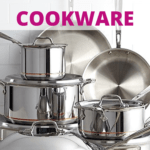
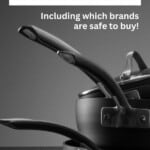


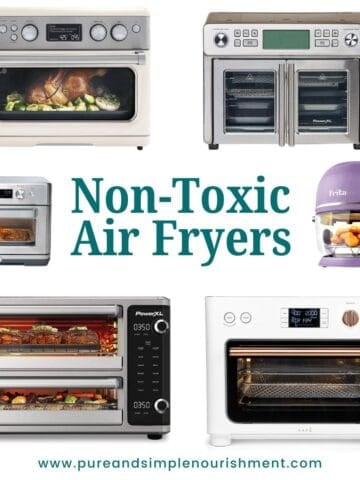

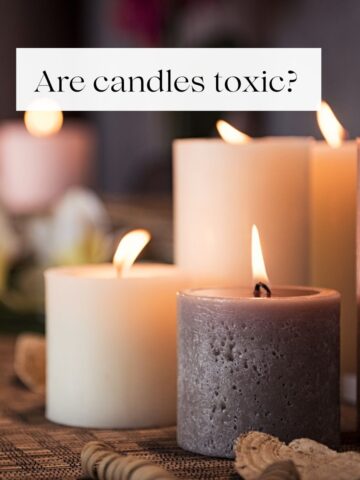
Karen
Hi,
I am looking for an electrical slow cooker with an inner pot that is toxin free.
Can anyone recommend one? I have been looking at crock-pot and Greenspan, but would be open to any other brand considered safe and efficient.
Thank you.
Dr. Erin Carter
Hi!
I would recommend one with a stainless steel inner pot. A couple options include:
1. 360 cookware stainless steel slow cooker
2. Housnat stainless steel slow cooker
Merin
Hi! Any thoughts on the Hestan Nanobond Titanium Stainless steel pans? I’m not sure if it’s the same thing as titanium dioxide nanoparticles and whether they leech the same way?
Dr. Erin Carter
Hi! In general I don't recommend any cookware made with nano particles so I would personally avoid that one.
Brittani Stec
Why is enamel not healthy?
Erin Carter
I wrote more about that in this post if you are interested:
https://www.pureandsimplenourishment.com/is-ceramic-cookware-safe/
Basically some companies will use the tern enamel when their cookware is really just coated in something instead so it's more to do with the misleading marketing and labelling that goes on in the industry.
Danny
You seem to be treating enameled cookware and the ceramic coated cookware as the same thing, especially where nanoparticles are concerned. But my many hours of researching both on Google suggest they are completely different things. The so-called ceramic coating is just silicone and that is what your sources say may contain nanoparticles. Enamel, however, is glass, which I suppose can leach titanium dioxide and other substances, depending on which pigments are used in the glass, but not necessarily in the form of nanoparticles. None of your sources, in so far as I can tell, mention enamel in their discussions of nanoparticles. In fact, I can barely find anyone on Google talking about whether or not enamel leaches and what it leaches. After the many hours of searching, I've only found one. And what little that site did say on the subject was focused on lead and cadmium in particular. No one seems to be talking about the health risks of particular pigments used in enamel. I'm guessing the only safe enamel is a clear one, which doesn't seem to be on the market.
Erin Carter
Hey Danny! You are correct in that ceramic enameled and ceramic coated cookware are different things. The problem is that certain brands and certain stores that sell ceramic coated cookware are using the terms interchangeably. For example, if I type "ceramic enameled" into google the first result I get is for the Our Place ceramic coated pan as well as a link to the Bed Bad and Beyond Ceramic Enamel Cookware section which includes ceramic coated cookware. For this reason I tried to simplify it for the article and not make it even more confusing for people. There are still potential issues with the materials used under the enamel in ceramic enameled cookware, as well as with the pigments used so they are still not my favorite types of cookware to recommend. I actually wrote a whole article just talking about ceramic cookware because it's such a big and confusing topic, which is a little more specific if you are interested in reading it: https://www.pureandsimplenourishment.com/is-ceramic-cookware-safe/
Thanks for the comment and your due diligence!
Laura
what are you thoughts on the Our place products?- their always pan and pot? Would you recommend them?
Erin Carter
Hey! I actually discuss them in this post:
https://www.pureandsimplenourishment.com/is-ceramic-cookware-safe/
Mariana
Hello!
Thank you for your post. That's the first time I read about nanoparticules in cookware so it was useful to find out. I understand that nanoparticles can be released from quasi-ceramic pans. However, you wrote that we should avoid ceramic enameled cast iron as well, because of nanoparticles. This doesn't seem to make so much sense for me considering enameled cast iron was invented during the nineteenth century, much before nanotechnology was used. I am wondering if you could clarify on that issue. Thank you!
Erin Carter
Hey Mariana!
So it's the ceramic coatings used by certain brands that can have the issue with nano particles. And I wrote to avoid ceramic enameled cast iron. Not enameled cast iron. They are different things. Although you do need to be careful with some of the enameled coatings used on cast iron for other reasons though. For example some of the coloured coatings can have heavy metals in them. Just because a technique has been around a long time doesn't make it automatically safe sadly (see the section I wrote about cadmium in the article). Hope that helps!
Nancy
What are your thoughts on Blue Diamond cookware? They claim the non-stick coating is PFAS and PFOA as well as lead and cadmium free.
Erin Carter
hey! I don't recommend them. I share more why in this post:
https://www.pureandsimplenourishment.com/is-ceramic-cookware-safe/
Simon
Thank you for this article! It's been incredibly informative.After watching Dark Waters, I've binned all my pans and kettles and need to replace them! You weren't kidding.. Pure ceramic is very hard to find, and shipping fees to the UK.. oh boy! But for the peace of mind, probably worth it.
Erin Carter
Oh man I know it's so expensive to ship to Canada too! I'm hoping one day there will be more affordable options.
Tiffany
Thank you for sharing! Do you have any suggestions for safe bakeware?
Erin Carter
I'm actually working on a bakeware post! Glass is the safest option.
Amber Weeks
What are your thoughts on Salad Master?!
Erin Carter
So I couldn't find the materials used for all the products on their site so I'm not exactly sure. I found a couple that were stainless steel which would be fine but many of them didn't share what materials they were made from so I really can't say. If there were certain items you were interested in I would see if you could find out what they are made from.